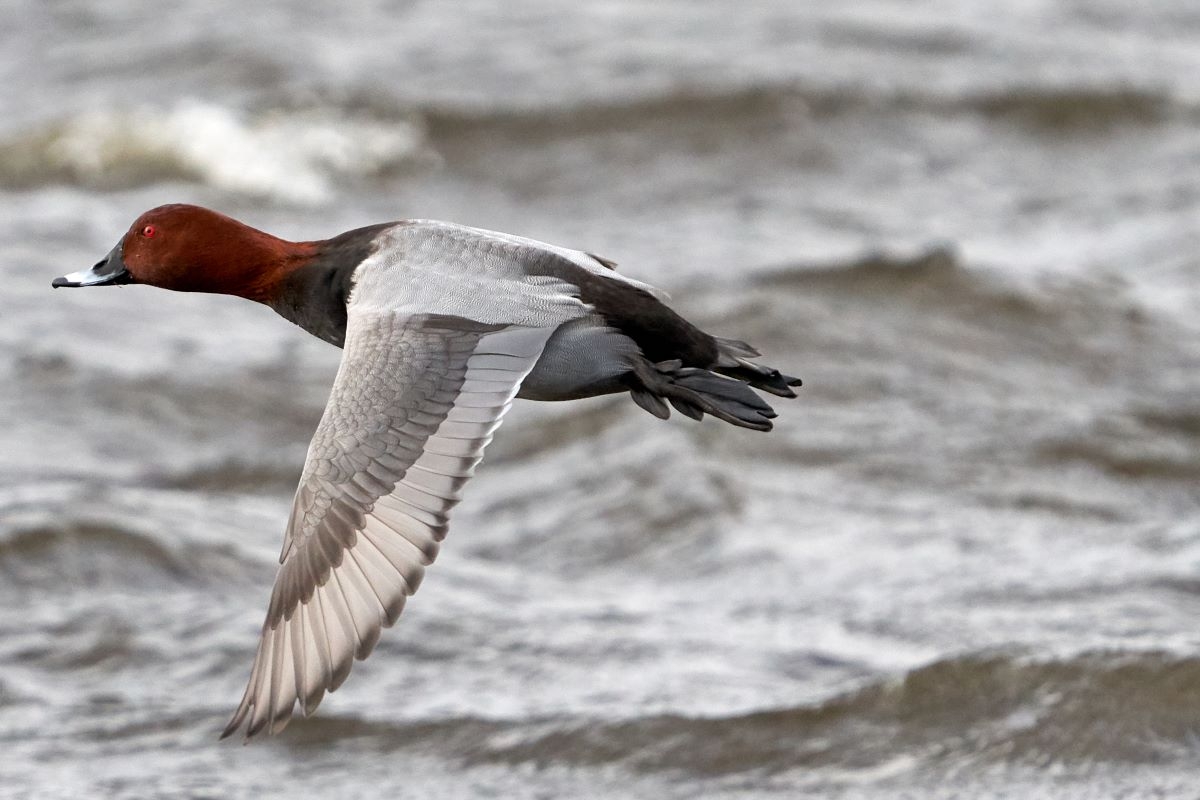Water levels are dropping, latest access and conditions here Find out more.
A1101 is open and flood free - no diversion necessary to get to WWT Welney.
Watery wetlands - how to enjoy them
After the recent rainfall, water levels have increased across the Ouse Washes to prevent and relieve flooding further upstream. This is a vital role performed by these wetlands, giving floodwaters a place to flow. Visitor access to and around WWT Welney is affected depending on the water levels.
How to get to us
Plan your journey to come to us from the A10 via Littleport or Downham Market, not via Welney village itself due to the road flooded from that direction.

If you are local to Welney you may be familiar with the flooding of part of the A1101 (Welney Wash Road) at time of writing this update the road is currently flooded. Access to WWT Welney is still possible from the A10 via Littleport and Ten Mile Bank, but not from the West (Welney village itself). It is best to find WWT Welney or our postcode (PE14 9TN) on google maps or your sat nav when planning your route, rather than putting in Welney so you don’t end up doing an unnecessary detour. Rainfall from the whole of the River Great Ouse catchment makes its way to Earith and when there is too much for the river, the sluice gates are opened and excess water makes it way onto the Ouse Washes. This blog from 2021 goes into more detail about what that means for our wetlands and the wildlife at times like this.
How to experience our wetlands
Access is currently possible to the following hides to all visitors including those using electric scooters or wheelchairs: main hide.
All further hides are inaccessible.
Lady Fen walk is closed for breeding season - reopening in July.
Visitor centre and family activities are open and ready to welcome all, with owl pellet dissection, build a bird feeder and arts & crafts at weekends and school holidays. Summer walk, tansy trail and pond dipping stations are closed until water levels allow us to open for 2024 spring/summer season.

Reasons to visit
Our team of staff and volunteers are ready to welcome all visitors to our wetlands, as mentioned above the facilities provided in the centre make for a comfortable and memorable day out exploring fantastic wetlands filled with wildlife. Tree sparrows, reed buntings and moorhens amongst others can be enjoyed at the bird feeding stations viewed from the entrance to the visitor centre, the café and the pond room. Look out for the flock of cattle egret from the Wigeon cafe, and also spot hares and deer across the wetlands. Flocks of ducks and wading birds will be using the pools and grassland, with winter thrushes, smaller passerines and farmland birds also to be seen and heard.
Looking out from the main hide across the Ouse Washes you will see areas of deeper water for diving ducks, and the shallow water around islands great for dabbling ducks and wading birds. Any islands and the banks of the washes are where to see the wading birds feeding or roosting on, until birds of prey sweep over the wetlands causing panic as the birds all take to the skies at once. Swans use the Washes mostly to roost on when there is higher water levels, look out for flocks arriving, or returning to the washes throughout the day after feeding on local fields. Standing water on fields in the local area could provide opportunities to spot swans on your journey to WWT Welney.
